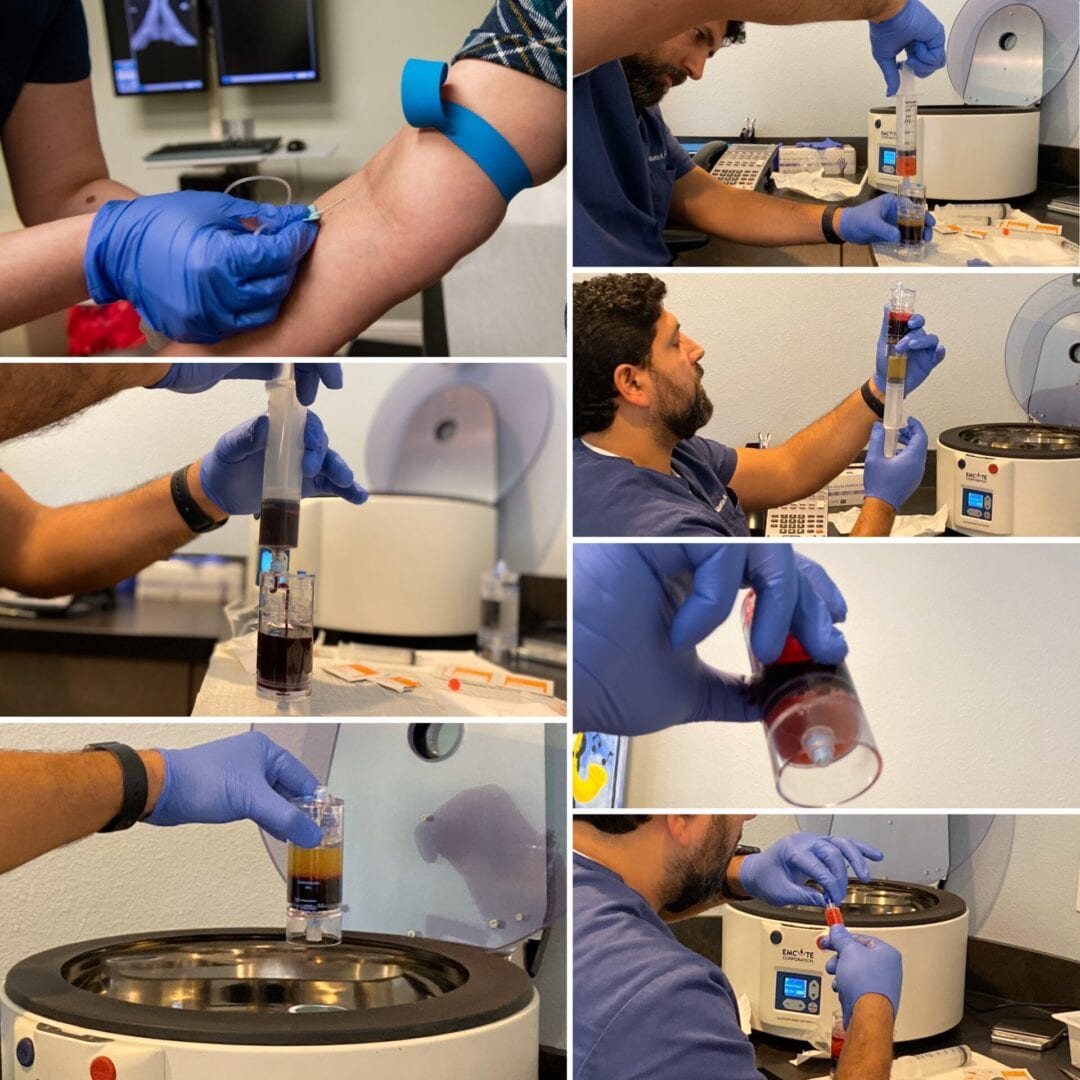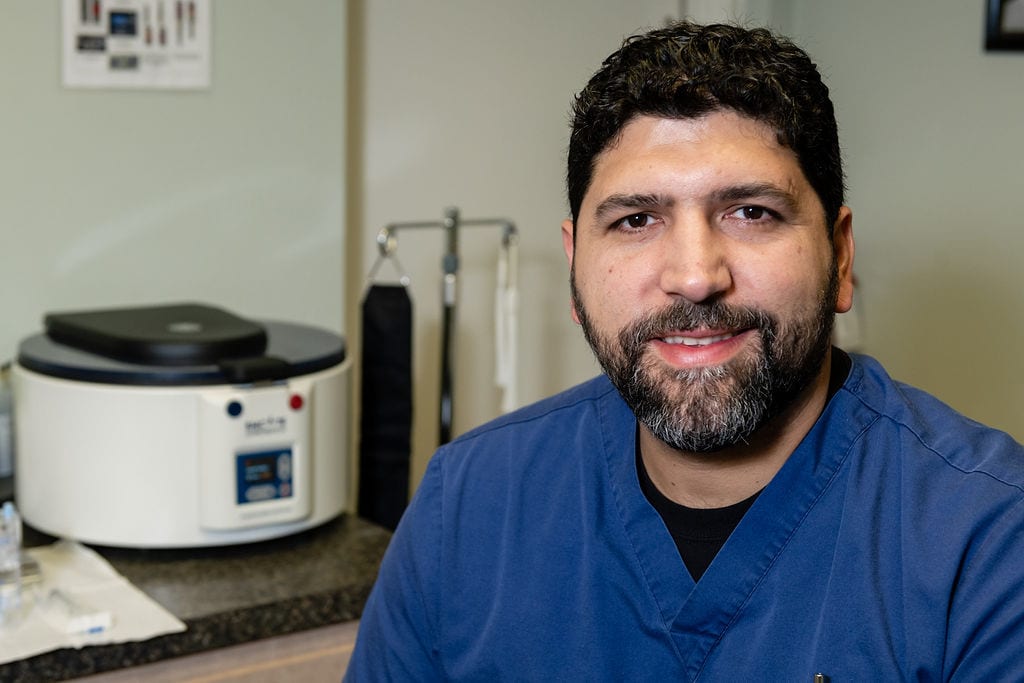PRP Therapy Overview
Platelet-Rich Plasma, commonly known as PRP, is a non-operative medical treatment that supports the body in healing injuries of the musculoskeletal system. The concept is that the injection of plasma into damaged tissue helps stimulate the body's growth of new healthy cells that promote healing.
Different from traditional injections offered by orthopedic physicians, PRP is administered as a healing treatment compared to common injection treatments aimed to temporarily dull pain or inflammation. The treatment hasn’t been FDA-approved but more and more people are using these injections to aid in the recovery of injuries.


The Science behind PRP Therapy
Blood is comprised of liquids and solids. The liquid “plasma” is made of water, proteins, and salts, with over half of blood being plasma. The solid part of blood contains red blood cells, white blood cells, and platelets. Platelets are known to help blood clot when suffering from a wound or cut. Platelets are also associated with their ability to help heal muscle, ligaments, and tendons.
PRP is comprised of an individual’s own blood that has been drawn from the body and spun in a centrifuge, which concentrates the platelets to above-average amounts from the rest of the blood. The blood is then injected back into the injured area of the body, where it’s intended to help stimulate and accelerate the body’s healing.
Common Conditions Treated With PRP
What to Expect
A physician will use imaging such as an ultrasound to pinpoint the exact area for the injection.
A healthcare professional will draw a sample of blood. Depending on the intended amount of PRP to be injected back into the body will determine the initial amount of blood drawn.
The blood is put into a test tube and placed inside a centrifuge. The centrifuge spins around for approximately 15 minutes. During this process the blood components separate.
A technologist takes the separated plasma and prepares it for injection into the injured area of the body.
The physician then takes the PRP and injects it into the injured part of the body.
The entire process takes about an hour.
Warmth, discomfort, and swelling can be expected around the injection site.
Recovery Time from PRP
After PRP is injected, the doctor may recommend resting the affected area. This request is often due to the affected area’s existing injury and not related to the treatment itself. Since PRP is intended to promote healing, it doesn’t work overnight. Most patients start to see signs of improvement in the form of reduced pain and increased function within four to six weeks.
